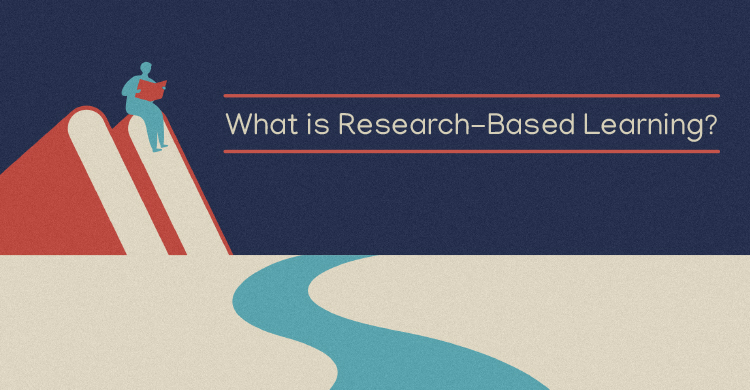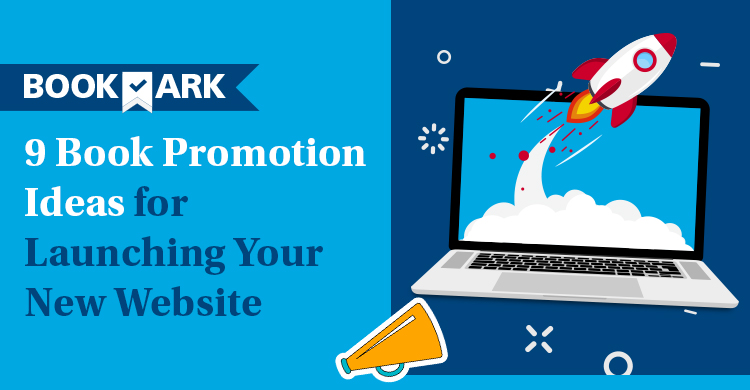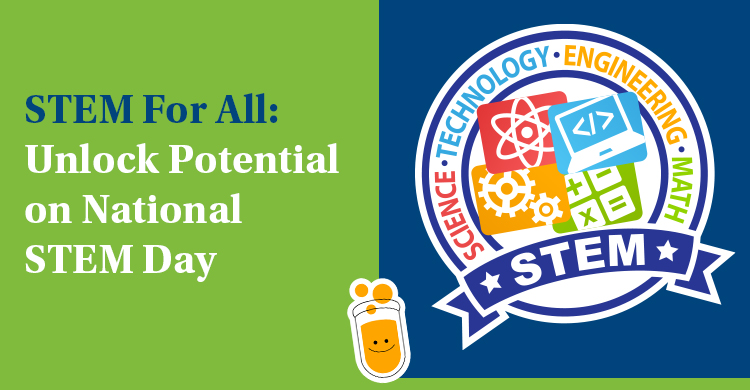“Give a person a fish and he will eat for a day; teach a person to fish and she will eat for a lifetime.”
– Adapted from a saying by an unknown author
What is Research-Based Learning?
Research-based learning (RBL) consists of a framework that helps to prepare students to be lifelong inquirers and learners. The term “research,” which often conjures up a picture of students writing research reports, is here defined as a way of thinking about teaching and learning, a perspective, a paradigm. It is a specific approach to classroom teaching that places less emphasis on teacher-centered learning of content and facts and greater emphasis on students as active researchers.
In a research-based learning approach, students actively search for and then use multiple resources, materials, and texts in order to explore important, relevant, and interesting questions and challenges. They find, process, organize and evaluate information and ideas as they build reading skills and vocabulary. They learn how to read for understanding, form interpretations, develop and evaluate hypotheses, and think critically and creatively. They learn how to solve problems, challenges, and dilemmas. Finally, they develop communication skills through writing and discussion.
In the five stages of research-based learning, students:
a. Identify and clarify issues, questions, challenges, and puzzles. A key component of research-based learning is the identification and clarification of issues, problems, challenges and questions for discussion and exploration. The learner is able to seek relevancy in the work they are doing and to become deeply involved in the learning process.
b. Find and process information. Students are tasked with searching for, finding, closely reading, processing, and using information related to the identified issue and question from one or more sources. As they seek out resources and read information, and then organize, classify, categorize, define, and conceptualize data. In the process, they become better readers.
c. Think critically and creatively. Students are provided with the opportunity to use their researched information to compare and contrast, interpret, apply, infer, analyze, synthesize, and think creatively.
d. Apply knowledge and ideas and draw conclusions. Students use what they have learned to draw conclusions, complete an authentic task, summarize results, solve problems, make decisions, or answer key questions.
e. Communicate results. Students communicate results of their research activities in a number of possible ways, such as through a written research report, a persuasive essay, a book designed to teach younger students, a math problem solution, a plan of action, or a slide presentation to members of the community.
The Teacher’s Role
Teachers play a key role in the success of research-based instruction by engaging and involving students in information gathering and processing. While teachers might occasionally provide information through lectures, and textbooks are used as a source of information, there is an emphasis placed on students learning how to seek out and process resources themselves. A teacher provides a climate that supports student curiosity and questioning. Teachers enable students to ask questions and pose problems. Students are invited to ask and answer questions. The classroom climate is conducive to using higher-order thinking and problem-solving skills to apply knowledge to solve problems. Teachers attempt to build ways for students to take ownership of their learning, to create a value and a purpose for learning.
In a research-based learning classroom, teachers often act more like a coach, guiding students as they develop questions and problems, helping students to find, read, sort, and evaluate information, giving students the opportunity to draw their own conclusions, and providing the time and the opportunity for students to communicate results.
Finally, one of the most important components of a successful research-based learning program is the ability to help students understand and apply this approach consistently, by providing them with research-based opportunities for learning. Thus students are encouraged to bring in additional materials and resources to help the class understand a topic, choose and complete projects and performance tasks as part of their units of study, and discuss issues using evidence from sources of information. The classroom climate and environment continually encourage students to express their opinions, problem solve, and think at higher levels.
Student Outcomes
Significant outcomes occur when this approach is utilized over time. Learning how to search for and find reliable information and resources is a skill that is important for a lifetime of learning, Reading many different kinds of texts strengthens reading skills and builds vocabulary. Thinking skills are developed as students classify, organize, and synthesize information. “Habits of mind,” such as perseverance and resilience are strengthened through long-term projects. Writing skills are developed through note-taking, reflection activities, and many different types of writing tasks.
In addition, students feel greater ownership for their learning and the learning process and thus develop greater self-esteem with regard to learning. There is greater interest in and curiosity about learning and a willingness to work harder to learn. Students are more likely to retain information longer because it is more meaningful to them and organized in a more interesting fashion.
Finally, students are able to learn the difference between reliable and unreliable information, ideas, and resources, a key need in today’s world with so much misleading and erroneous information.
Summary
The stages of research-based learning, key activities, and student outcomes are summarized in chart one, below. This framework also fits nicely with the four-phase model of instruction examined in my book Teaching for Lifelong Learning: How to Prepare Students for a Changing World (Solution Tree Press, 2021) and in a previous Solution Tree blog post: Using a Four-Phase Instructional Model to Plan and Teach for Lifelong Learning.
Teachers who provide a structure for research-based learning as part of their regular teaching routine should experience greater interest and involvement on the part of their students, and help students develop both skills and a fundamental knowledge base that are important for a lifetime of learning.

Zorfass, Judith and Copel. Harriet. The I-Search: Guiding Students Toward Relevant Research. In Educational Leadership, Volume 53, Number 1, September 1995, pp. 48-51.
Zorfass, Judith and Copel, Harriet (1998) Teaching Middle School Students to be Active Researchers. Alexandria, VA: Association for Supervision and Curriculum Development.






